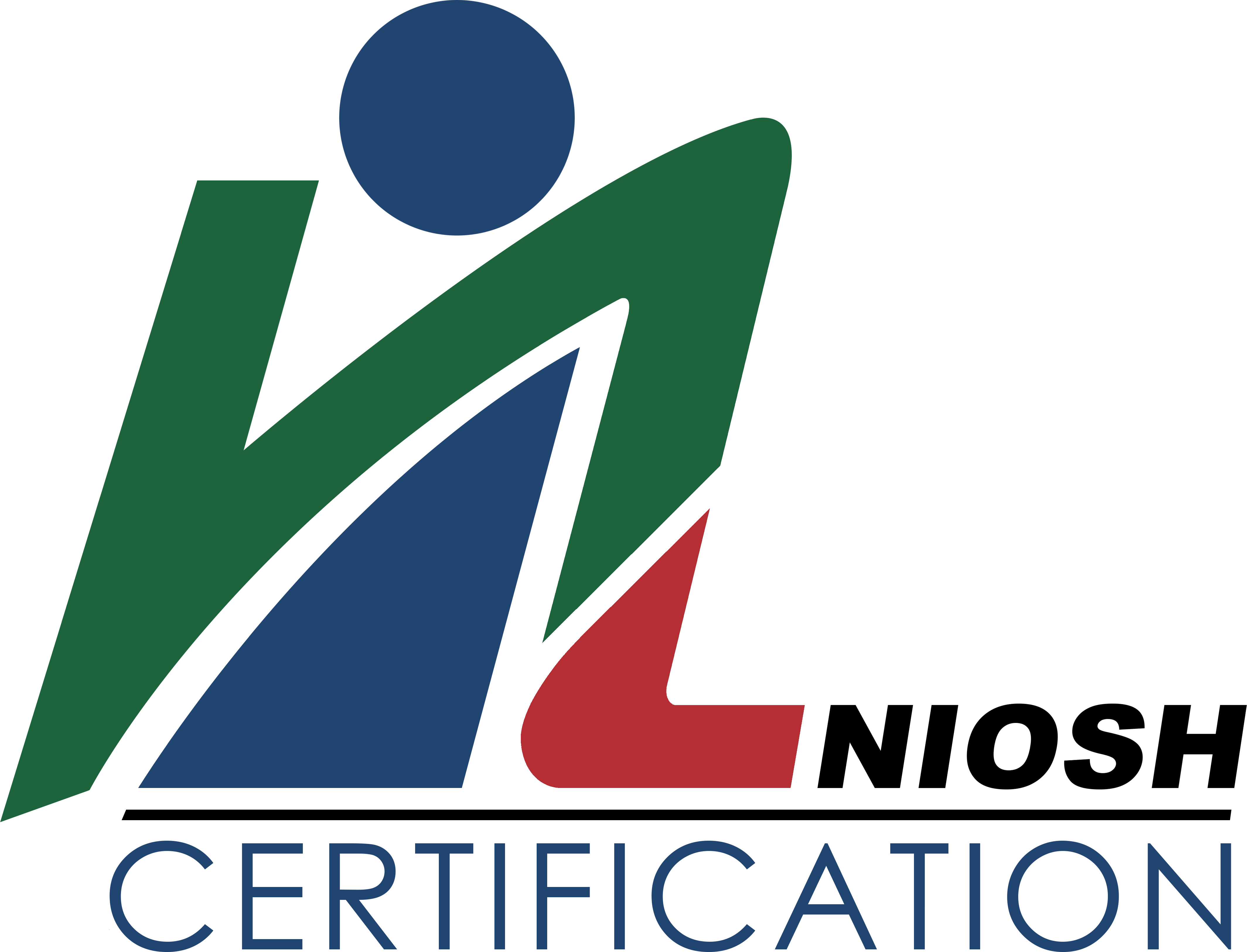ISO 55000:2014
Asset Management Systems
Description:
ISO 55000:2014 is an internationally recognized standard that provides a framework for establishing, implementing, maintaining, and improving an Asset Management System (AMS). This standard is designed to help organizations manage their assets effectively, ensuring they deliver value through a balance of cost, risk, and performance. Applicable to all types of assets and all types of organizations, ISO 55000 helps in understanding and managing the value derived from assets over their lifecycle.
ISO 55000:2014 involves identifying the asset management context, policy, and objectives, and ensuring alignment with organizational strategy. It includes developing a structured and systematic approach to asset management, incorporating risk management, lifecycle planning, performance evaluation, and continual improvement. Key components of an AMS typically include asset management policy, strategic asset management plan, asset information, risk management processes, and performance evaluation. By implementing an AMS, organizations can optimize asset performance, improve decision-making, and achieve sustainable outcomes.
Main Components:
- Asset Management Policy: Establishes the principles and framework for asset management within the organization.
- Strategic Asset Management Plan (SAMP): Defines long-term objectives and strategies to optimize asset value.
- Asset Information Management: Ensures accurate and reliable asset data to support decision-making.
- Risk Management: Identifies and mitigates risks associated with asset lifecycle and performance.
- Lifecycle Planning: Manages assets from acquisition to disposal to maximize value and minimize costs.
- Performance Evaluation and Monitoring: Measures asset performance against defined objectives and drives continual improvement.
- Leadership and Organizational Commitment: Ensures top management involvement and integration with business objectives.
- Stakeholder Engagement: Enhances communication with stakeholders to align expectations and asset management strategies.
Who should be certified:
- Own, manage, or maintain physical or infrastructure assets (e.g., utilities, transportation, real estate, and manufacturing industries).
- Seek to enhance asset performance and optimize resource allocation.
- Comply with regulatory or contractual asset management requirements.
- Improve risk management and decision-making related to asset lifecycle management.
- Enhance operational efficiency, reduce costs, and improve sustainability practices.
Benefits:
- Optimizes Asset Performance: Helps organizations maximize the value from their assets by improving efficiency and effectiveness, thus enhancing overall performance.
- Improves Decision-Making: Provides a structured approach to asset management that supports informed decision-making and strategic planning.
- Reduces Costs: Helps in identifying and managing risks and opportunities, leading to cost savings through better resource allocation and lifecycle management.
- Ensures Compliance: Aids in meeting regulatory and legislative requirements, thereby avoiding penalties and ensuring legal compliance.
- Enhances Sustainability: Supports sustainable development by promoting efficient use of resources, reducing environmental impact, and ensuring the long-term viability of assets.
- Increases Stakeholder Confidence: Builds trust among stakeholders by demonstrating a commitment to effective and responsible asset management.
Contributes to SDGs:
- SDG 6: Clean Water and Sanitation
- SDG 7: Affordable and Clean Energy
- SDG 9: Industry, Innovation, and Infrastructure
- SDG 11: Sustainable Cities and Communities
- SDG 12: Responsible Consumption and Production
- SDG 13: Climate Action

